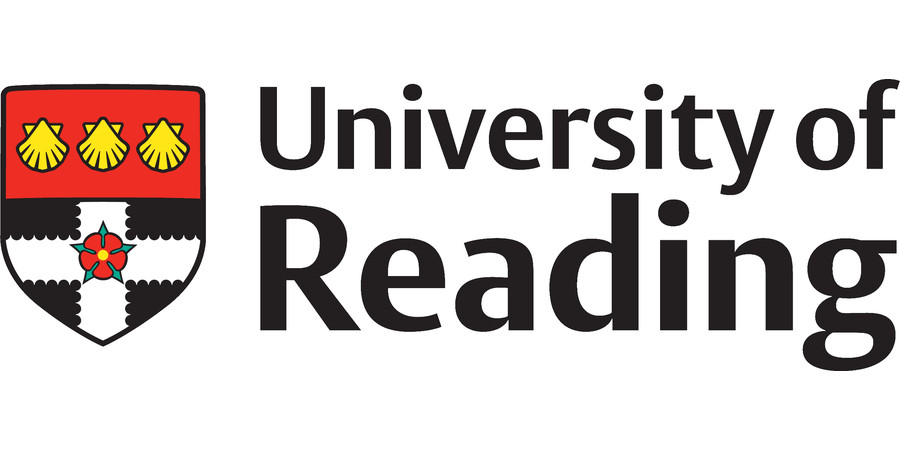PhD Studentship: Studying Optical and Thermal Signatures of the Tree Canopy-urban Surface Systems
University of Reading
| Qualification Type: | PhD |
|---|---|
| Location: | Reading, Hybrid/On-site |
| Funding for: | UK Students |
| Funding amount: | £16.43 per hour |
| Hours: | Full Time, Part Time |
| Placed On: | 22nd May 2025 |
|---|---|
| Closes: | 20th June 2025 |
Supervisor details:
Lead Supervisor
Dr Christos H. Halios, c.halios@reading.ac.uk, School of Built Environment
Co-supervisors
Stefan T. Smith, s.t.smith@reading.ac.uk, School of Built Environment
Samuele Lo Piano, samuele.lo.piano@pg.edu.pl, Politechnica Gdanska
s.lopiano@reading.ac.uk, University of Reading
Project description:
Optical radiative transfer models (e.g. canopy reflectance models) have been developed in the past to describe the interaction of solar radiation with vegetation and they allow for the retrieval of major canopy characteristics. When these models are coupled with the ability to simulate the temperature of the canopy-soil system, they provide valuable information on the interactions with the underlying surface. This is particularly important for urban areas where sparse vegetation results in different temperatures in the sunlit and shaded areas that depend on the solar radiation, physical state of the surface, and meteorological conditions. Models that combine the simulation of canopy reflectance profiles with soil/vegetation radiometric temperatures, require a large set of input parameters and the relationship between model’s inputs and outcomes is not very well studied.
The student through participation in team meetings and training with the team will deploy a numerical model (4SAIL) to study the combined effects of the vegetation-soil system temperature and canopy reflectance. They will participate in the design and analysis of numerical experiments that will help explore the sensitivity of the model when input parameters (chlorophyll-a and -b content, leaf area index and inclination angle, vegetation and underlying surface’s temperatures, etc.) vary simultaneously. This will be done using global sensitivity analysis methods that help elucidate the relationships between parameters/mechanisms and model outcomes by varying the parameters simultaneously over a large range of values. Once the simulations are performed, the output variability can be apportioned onto the input variability to address specific research questions.
Student profile:
Essential skills:
- The student is expected to have a background in one or more of the following areas: environmental science/ mathematics/ physics/ meteorology/ engineering/ biology.
- Experience in a computer programming language (e.g. Fortran, Python).
- A general understanding of the importance of the scientific method is essential.
A previous experience of handling data/knowledge of statistics is desirable.
Support:
The student will have participated in team meetings several times a week and will also actively participate in the bi-weekly technical seminar of the Energy and Environmental Engineering research group where they will have the opportunity to exchange ideas/be exposed to cut-edge research.
Feasibility:
The project will be completed through the collaborative interaction of the student and the supervisors who will actively participate in all stages of the project. Input data and training for the use of the code and global sensitivity analysis techniques will be provided to the student.
Scope for initiative:
The student will gain hands on experience in novel and state-of-the-art methods to investigate important biophysical processes with application to unresolved real world situations. General transferable skills to be developed include independent and team-working, computing and analytical skills, report writing and presentations skills.
Remote Working:
Remote working details: The student will be able to work and participate in meetings remotely – all meetings are hybrid.
Flexibility:
Is it possible to do this project part-time? Yes
How to apply:
Apply online via the above ‘Apply’ button.
Advert information
Type / Role:
Subject Area(s):
Location(s):









